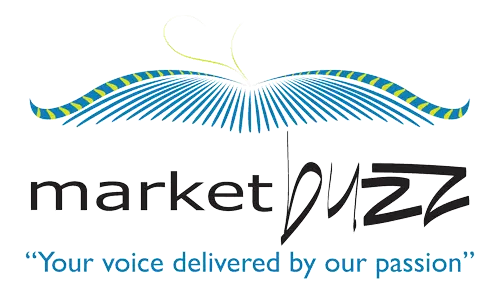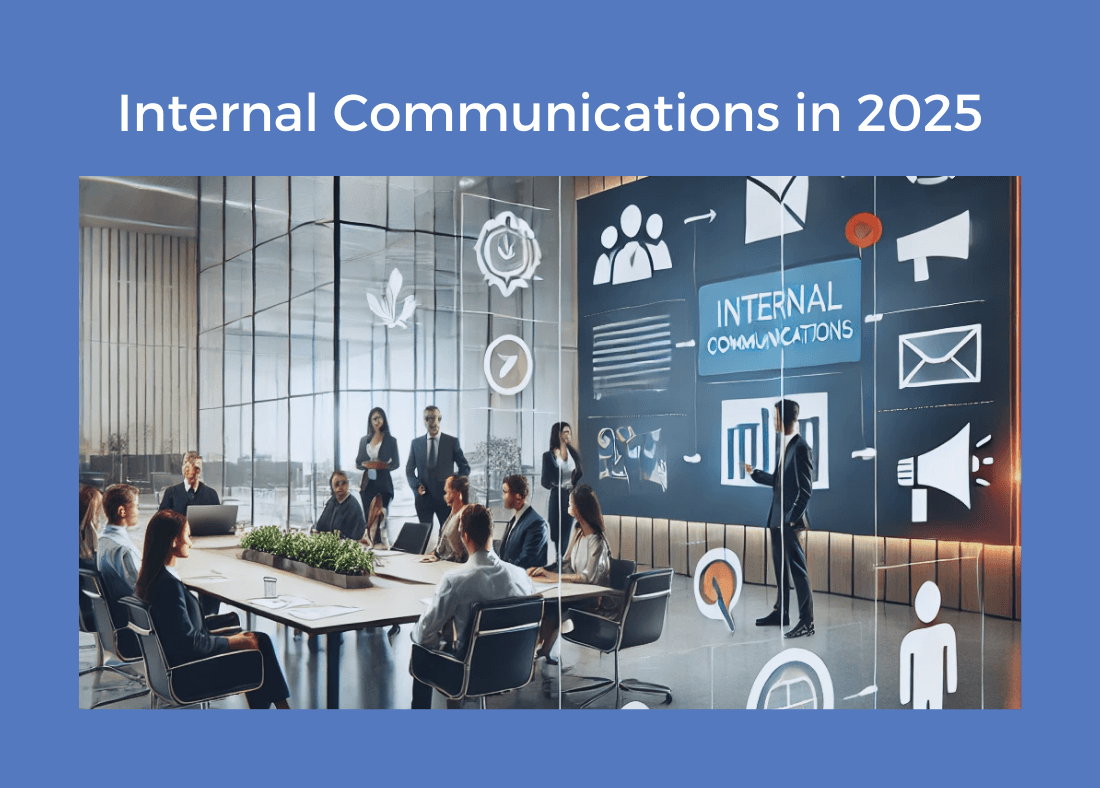Effective public relations don’t just happen externally; they start from within. Employees are the first ambassadors of your brand, and how well they understand and embody your company’s values can make or break your PR efforts. In this third instalment of our PR planning series for 2025, we explore the critical role of internal communications in building a cohesive brand message and fostering employee advocacy.
Why Internal Communications Matter
Internal communications bridge the gap between a company’s vision and its people. Research from Gallup shows that businesses with highly engaged employees experience 23% greater profitability. Engaged employees don’t just work harder—they actively advocate for your brand.
A strong internal communications strategy ensures alignment, fosters trust, and equips employees with the tools to act as credible brand representatives.
Key Strategies
- Create Clear Messaging
Consistency is crucial. Ensure your employees hear the same key messages as your external stakeholders. Simplify complex goals into digestible, relatable content that everyone can understand.
- Establish internal message guides that reflect your company’s mission, values, and brand voice.
- Use visual aids like infographics or short videos for more engaging communication.
According to a McKinsey report, clear communication increases employee understanding and reduces confusion about company goals.
- Leverage Technology
Modern tools such as Microsoft Teams, Slack, and Asana streamline collaboration and communication. For large organisations, internal platforms like Yammer or SharePoint or newer tools like Threema can facilitate company-wide updates effectively.
- Adopt a platform where employees can access news, updates, and key information in one place.
- Use tools like Microsoft Viva to integrate internal communication with daily workflows.
The Gartner Digital Workplace Insights report highlights that organisations using digital collaboration tools experience higher employee engagement, faster decision-making, and reduced operational delays.
- Engage Employees Through Feedback
Internal communications shouldn’t be one-way. Regular surveys, town halls, and open Q&A sessions can help employees feel heard.
- Conduct anonymous employee feedback surveys using platforms like SurveyMonkey or Google Forms.
- Schedule live Q&A sessions with leadership to address employee concerns directly.
The Edelman Trust Barometer reveals that 88% of employees expect CEOs to be visible and transparent. Open communication and visible leadership drive trust and advocacy.
- Align Internal and External Messaging
Your employees should be the first to know about major announcements. If they hear it from external sources first, it could create confusion and distrust. When employees are well-informed, they become trusted messengers for your brand.
- Notify employees before external stakeholders when announcing key initiatives or brand changes.
- Provide pre-written FAQs, talking points, and resource guides that employees can use to answer customer questions.
According to Forbes, alignment of internal and external messaging strengthens brand trust and credibility. Employees who feel ‘in the know’ are more engaged and less likely to spread misinformation.
- Celebrate Employee Advocacy
When employees advocate for your brand on social media or within their personal networks, it can have a far greater impact than any paid advertising. Recognising and rewarding employee advocacy drives motivation and engagement.
- Launch an internal “Employee Spotlight” campaign to celebrate those who exemplify your brand values.
- Encourage employees to share brand updates on platforms like LinkedIn by creating an employee advocacy program similar to Microsoft’s initiative.
Microsoft’s Employee Advocacy Program has been a case study in success, generating millions of brand engagements annually. Case studies from Sprout Social highlight how businesses that empower employees as brand advocates see higher engagement and brand reach.
Building a Culture of Advocacy
When employees feel valued and connected to a company’s mission, they naturally become advocates. This advocacy translates into authentic and credible PR, which audiences trust more than traditional advertising.
According to LinkedIn’s Global Talent Trends Report, 79% of companies with strong employee advocacy programs report higher brand visibility, stronger social media reach, and better public perception.
For example, Microsoft’s Employee Advocacy Program successfully turned its workforce into social media ambassadors, generating millions of engagements annually. Encouraging employees to share brand content through platforms like LinkedIn not only extends your PR reach but also adds a layer of authenticity to your brand story.
Looking Ahead
As you build your PR strategy for 2025, don’t overlook the power of your internal audience. A well-informed, engaged, and motivated workforce isn’t just a byproduct of good internal communications—it’s the foundation of a resilient and credible brand.
If you missed earlier blogs in this series, read “Setting the Stage for 2025: Building a PR Strategy That Works” and “Harnessing Trends: What Will Define PR in 2025”.
The next blog in the series will explore crisis communications in 2025 and creating a robust crisis communication plan.



